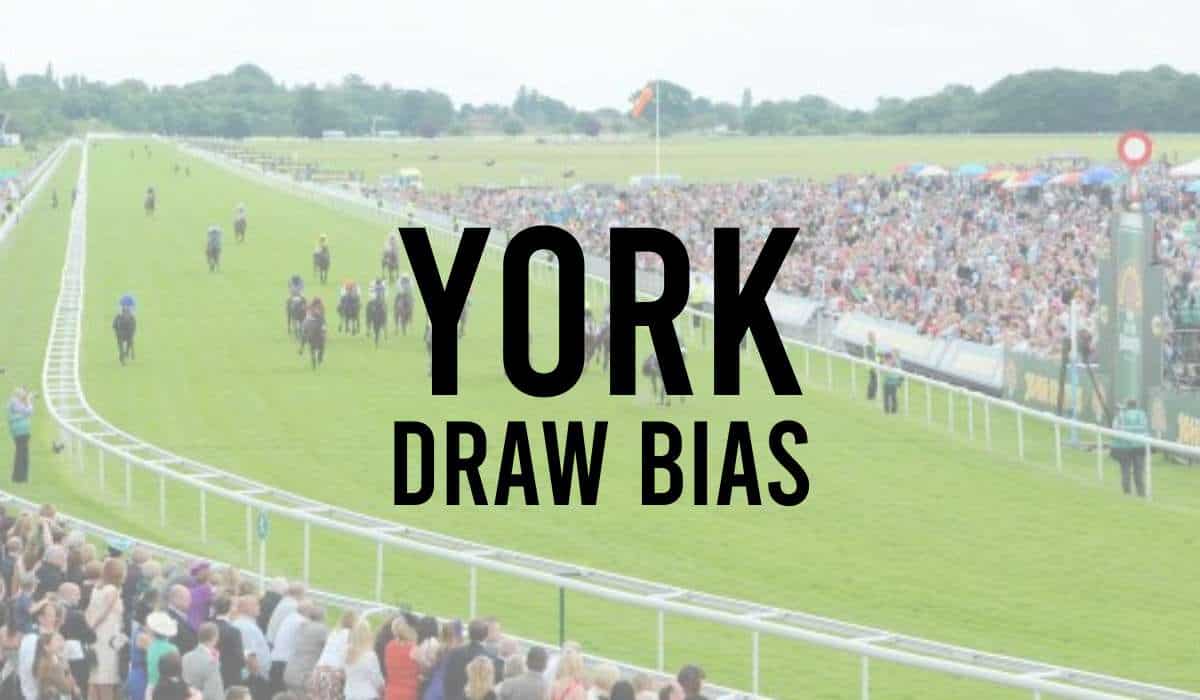Many shrewd horse racing punters research whether there is a draw bias at Kempton Racecourse.
The horse racing draws are perhaps the most overlooked factor in horse racing statistics in April 2024.
The Kempton draw bias refers to whether or not a racehorse running at Kempton has an advantage or disadvantage following the stall they have been drawn in.
Our horse racing tipsters can be influenced by the draw of the horse when selecting their best chances of a winner at Kempton Races.
In our Kempton Draw Guide, we will explain everything you need to know about the stalls and potential draw advantages for horses running at Kempton today.
Is there a draw bias at Kempton Racecourse?
In terms of draw bias at Kempton, the data suggests that there is a slight bias towards low draws over all distances, but the effect is not significant.
However, there is a bigger bias towards horses with a high draw over sprint distances of five and six furlongs, and this has been consistent over the years.
This could be attributed to the fact that the bend comes quite quickly after the start, and horses drawn higher are able to take advantage of this to get a better position.
In races of seven furlongs or longer, the bias towards low draws disappears and there is no significant advantage to either high or low numbers. It is worth noting that the course at Kempton is relatively flat, with fairly sweeping turns, which may contribute to the lack of a strong draw bias.
Overall, while there is some bias towards low draws over some distances, it is not a major factor and horses can win from any draw at Kempton.
What is the Draw Bias at Kempton 5 Furlongs?
The draw bias at Kempton 5 furlongs is significant, with a strong advantage to low drawn runners. This is likely due to the very tight nature of the course, which makes it difficult for horses drawn wide to make up ground on the bend.
The short straight also puts an emphasis on early speed, with many races being won at the start by low drawn runners who break quickly and make all.
While it may be challenging for front runners who have gone too fast to maintain their lead, those who have paced themselves well have a significant advantage.
What is the Draw Bias at Kempton 6 Furlongs?
There is a significant draw bias favouring low draws over 6 furlongs at Kempton.
This is quite surprising considering that the course is on the outer loop and not as tight as the 5 furlong course on the inner loop.
However, the statistics show that horses drawn in the inside stall have won nearly a third of the races over 6 furlongs at Kempton.
It may be that the low draw allows horses to obtain a good position early on, and with a long home straight, they are able to maintain their advantage and hold on to the finish.
The bias towards low drawn runners over 6 furlongs at Kempton is something that punters should take into account when placing bets.
What is the Draw Bias at Kempton 7 Furlongs?
Analysis of race results suggests that there is a draw bias favoyring low drawn runners over 7 furlongs at Kempton.
The bias is more significant in larger field sizes, and horses drawn in the two stalls next to the rail have a significant advantage, accounting for a third of the winners.
The tight bends at Kempton may be a factor in this bias, as horses drawn low can get to the rail quickly and save ground, while those drawn wider must work harder to find a good position.
What is the Draw Bias at Kempton 1 Mile?
Based on statistical analysis, there appears to be a slight advantage for low drawn runners over 1 mile at Kempton, but this bias is not significant enough to completely rule out the chances of horses drawn in higher stalls.
The layout of the track at Kempton, with its wide and sweeping turns, offers ample opportunities for horses to find the right position and overcome any potential draw bias.
It should be noted that the bias towards low drawn runners seems to be more pronounced in smaller fields, with larger fields showing a more even distribution of winners across different draw positions.
While there may be a slight draw bias at Kempton over 1 mile, it is not a decisive factor in determining the outcome of races and other factors such as form, jockeyship, and track conditions are likely to have a greater impact.
Does The Stall Draw Affect Chances Of Winning In Flat Races at Kempton?
The chances of a horse winning can hugely be affected by the stall number at Kempton Races.
The best horse racing tipping services will adjust their judgements of horses with the best chances after the stall numbers are released in the Kempton racecards.
Here is some important information on the tips, results and runners for horses running at Kempton.
Kempton Pace Bias Statistics
Although Kempton is obviously one course in affect it has a track within a track. As over 5 and 10 furlongs the inner loop is used, which means the course is a tight course with a short run in. So for these distances, particularly over 5 furlongs front runners are massively favoured.
However for the other distances which use the outer loop, the bias is completely reversed and it is very hard for front runners to hold on up the very long straight.
Kempton has one of the most occurrences of horses losing having been matched at 1.10 or less.
In terms of the individual distances, if we look at were Kempton ranks against other all weather courses which have races over equivalent distances. Kempton is ranked very near the top for Front Runners for every distance
5 Furlongs – 2nd out of 5 courses
6 Furlongs – 4th out of 5 courses
7 Furlongs – 3rd out of 4 courses
8 Furlongs – 4th out of 5 courses
Summary
The data and stats are updated in real-time from our Kempton Horse Racing Results for the information shared on the draw bias.
With the draw bias mainly affecting the sprint races then punters are quickly on the lookout for the big ante posts races, as the draws are released.
Ground conditions, weather, and handicapping blots can affect the draw bias statistics. So at times, it is strongly advised to check the earlier races of the day to see if the draw bias on the current ground has changed.
Related Draw Bias Posts
Find all the draw bias information articles.
- Ascot Draw Bias
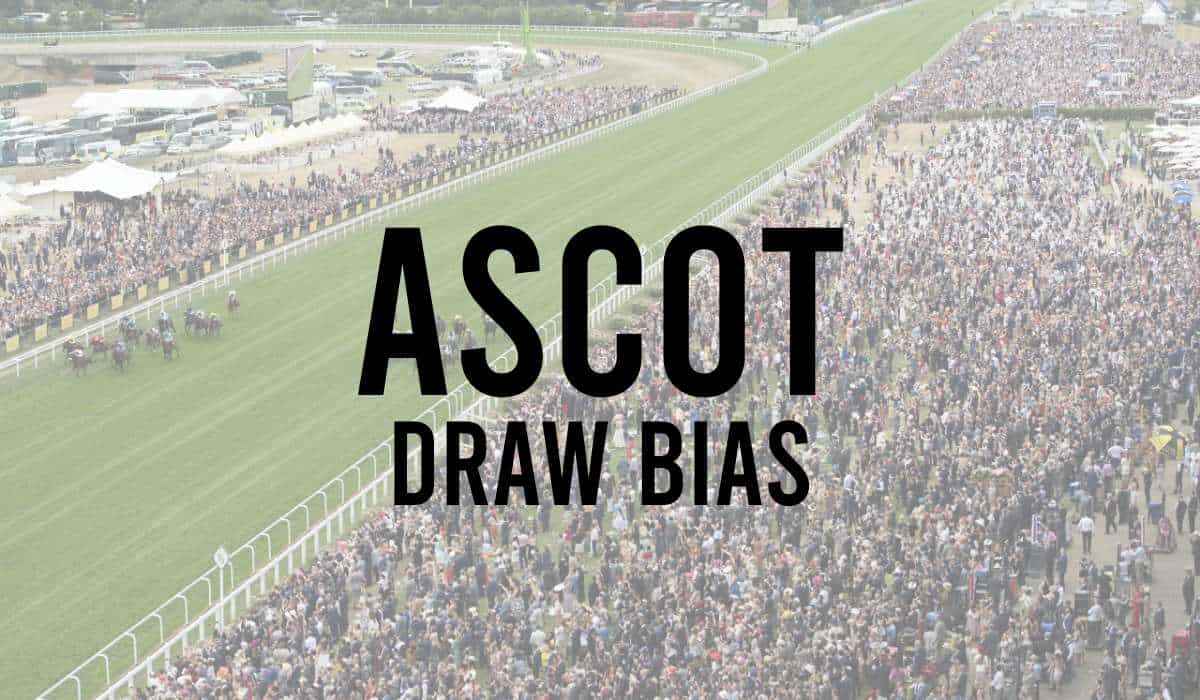
- Bath Draw Bias
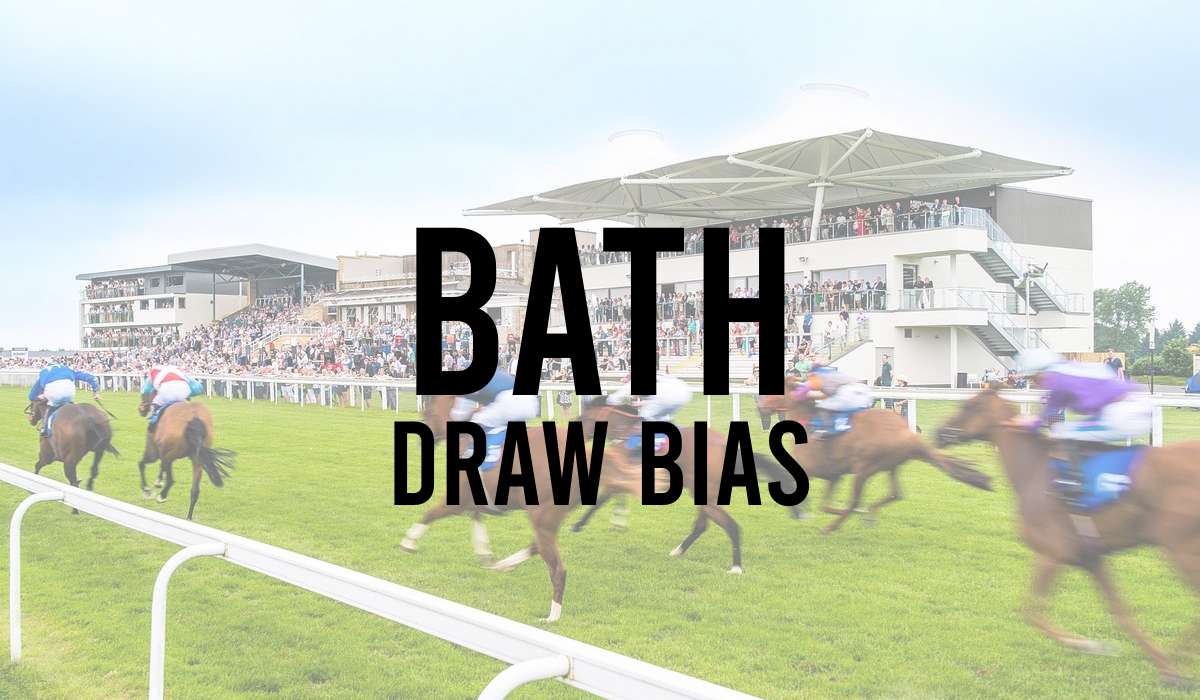
- Beverley Draw Bias
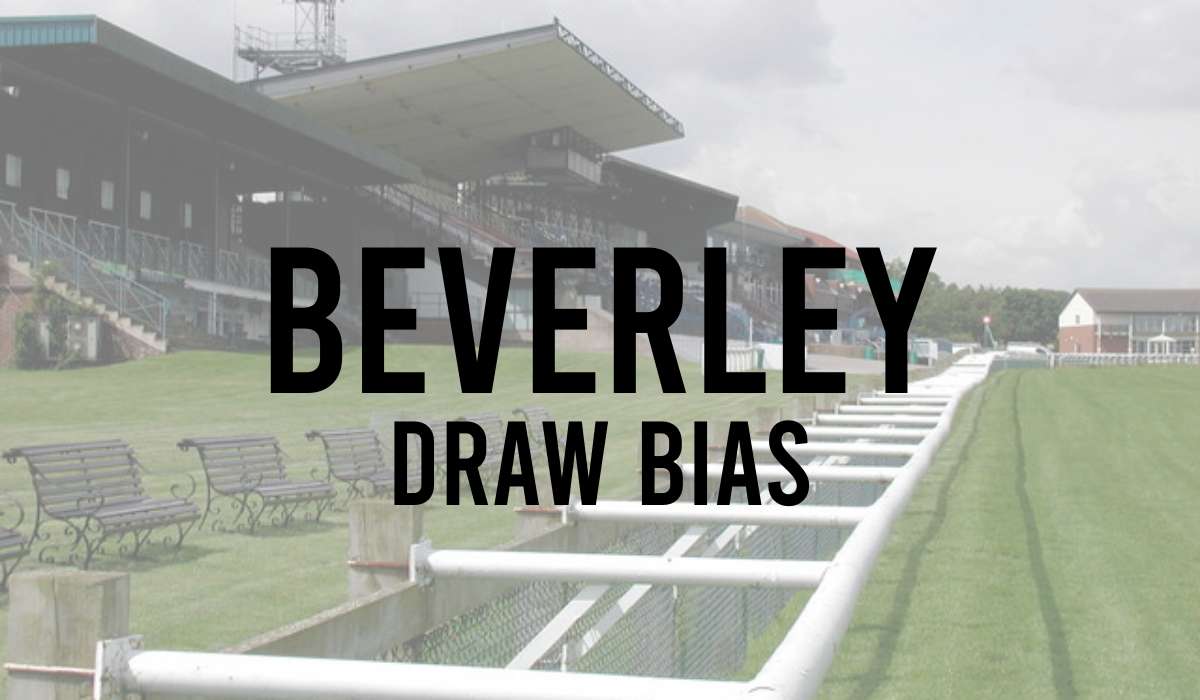
- Brighton Draw Bias
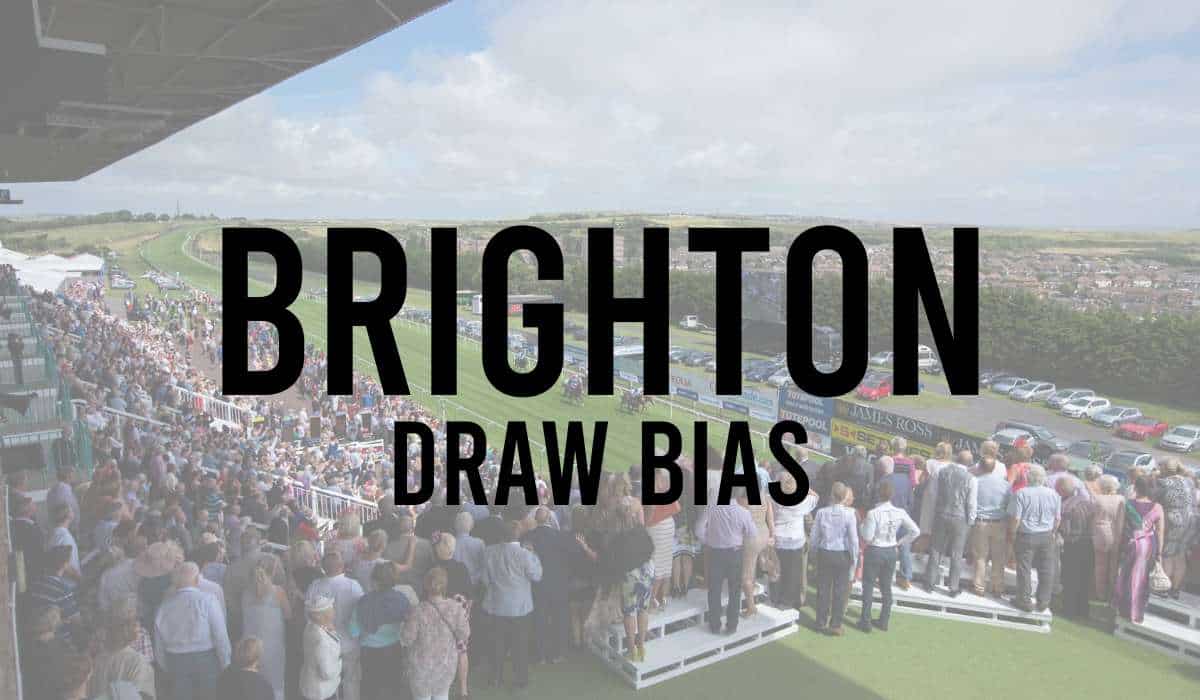
- Catterick Draw Bias

- Chelmsford Draw Bias
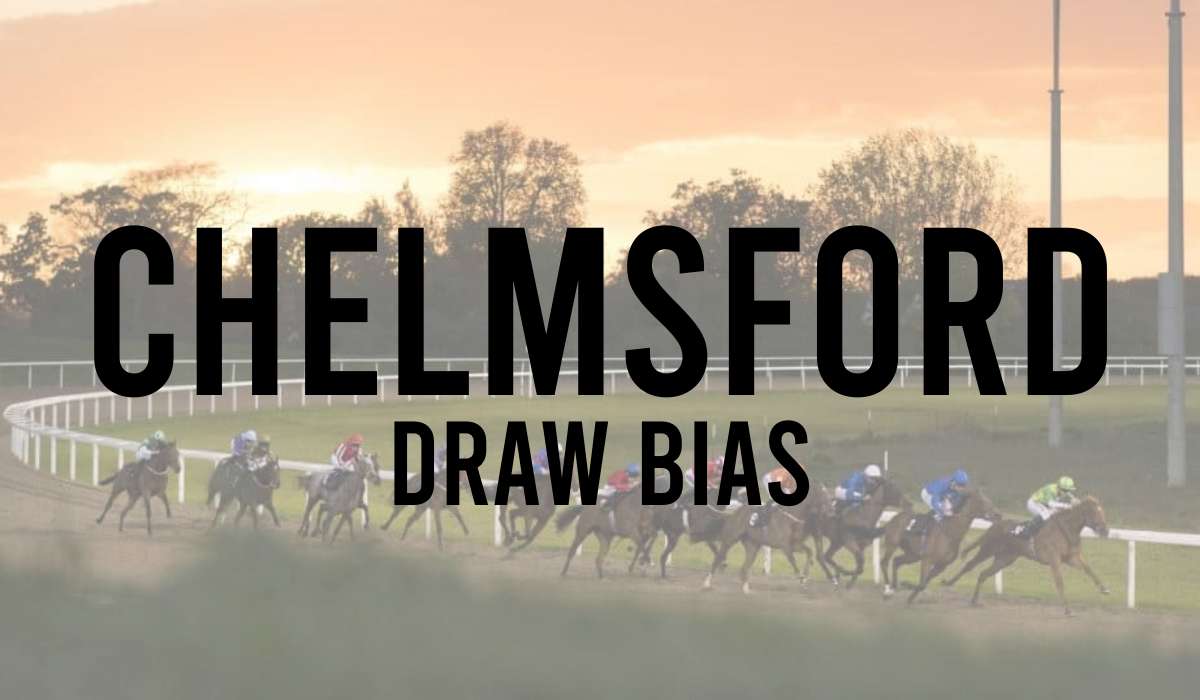
- Chester Draw Bias
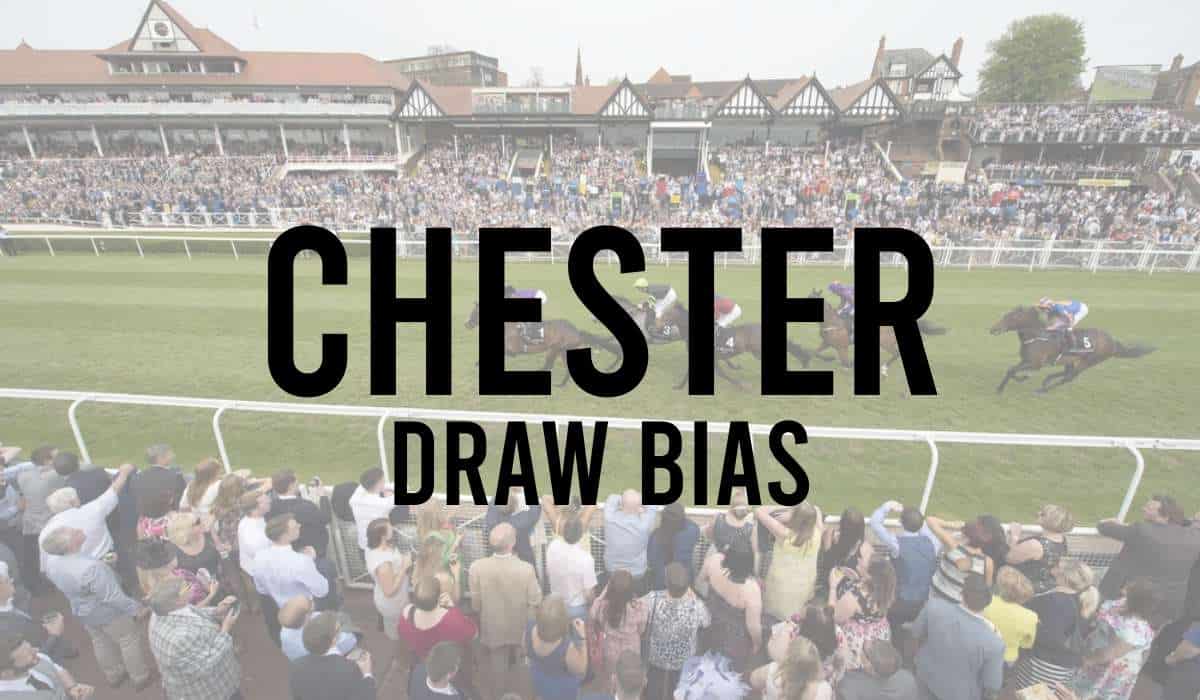
- Cork Draw Bias
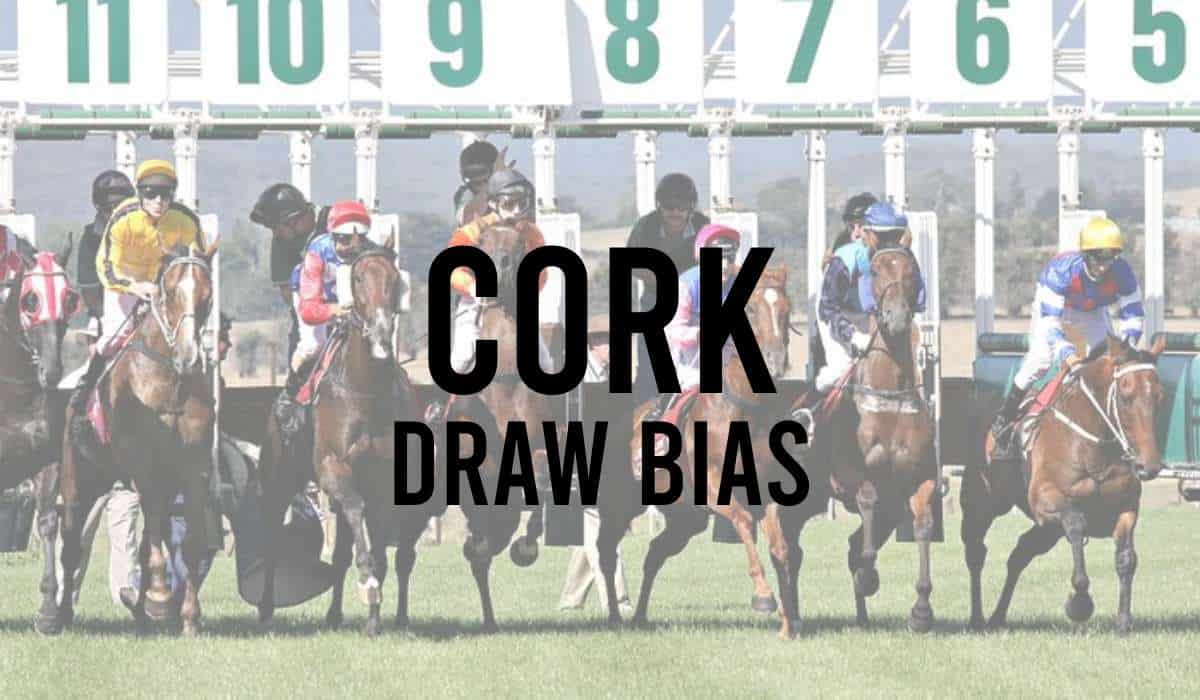
- Doncaster Draw Bias
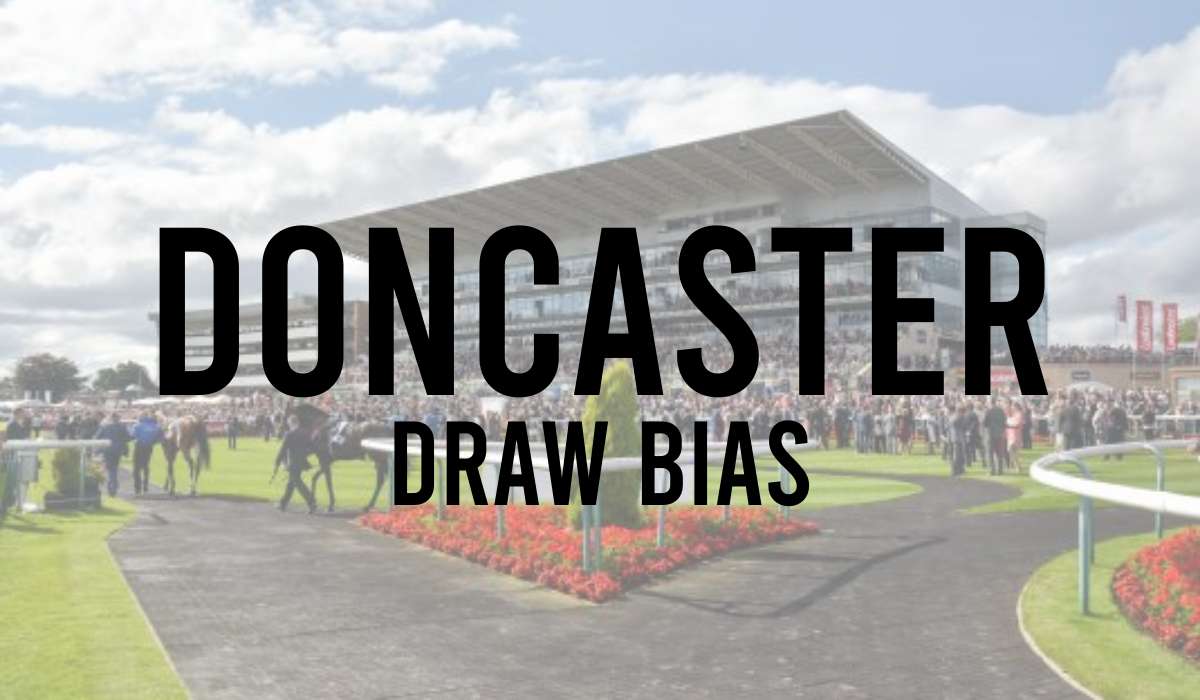
- Dundalk Draw Bias
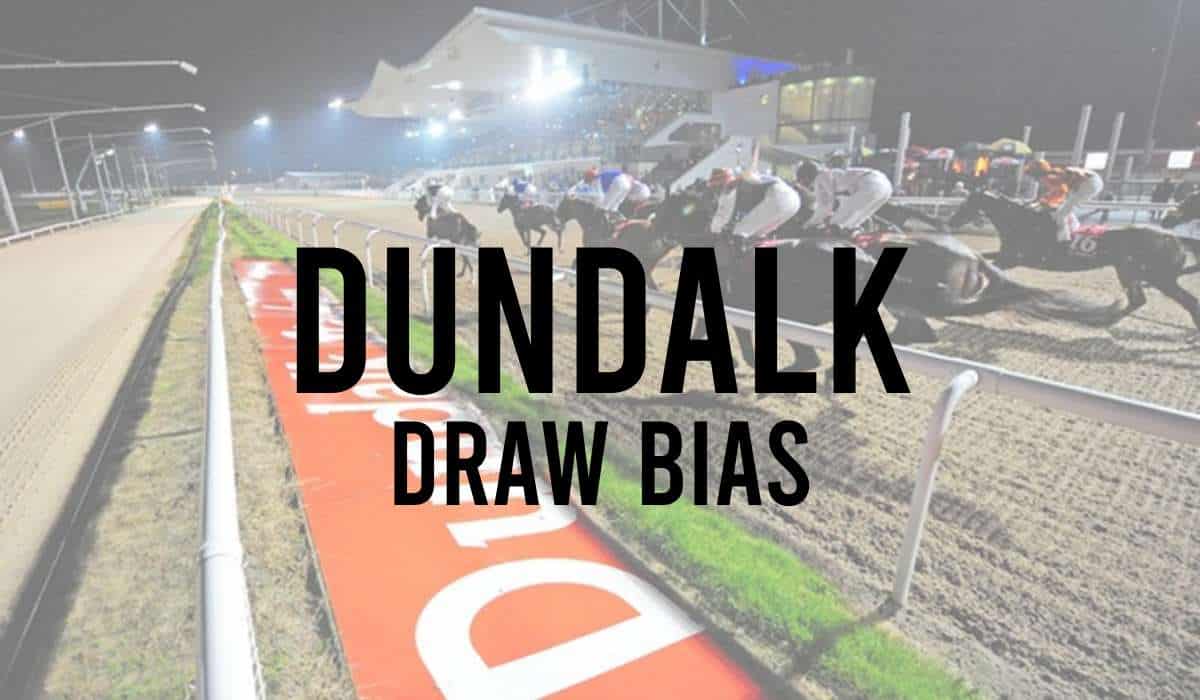
- Epsom Racecourse Draw Bias
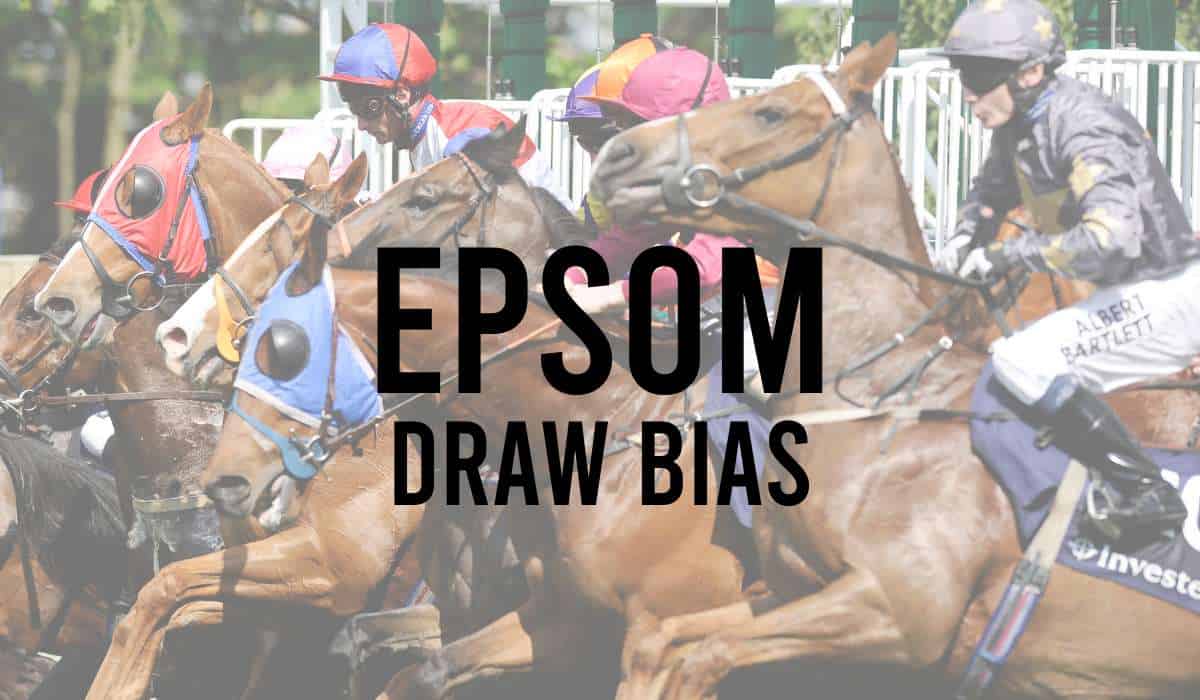
- Goodwood Draw Bias
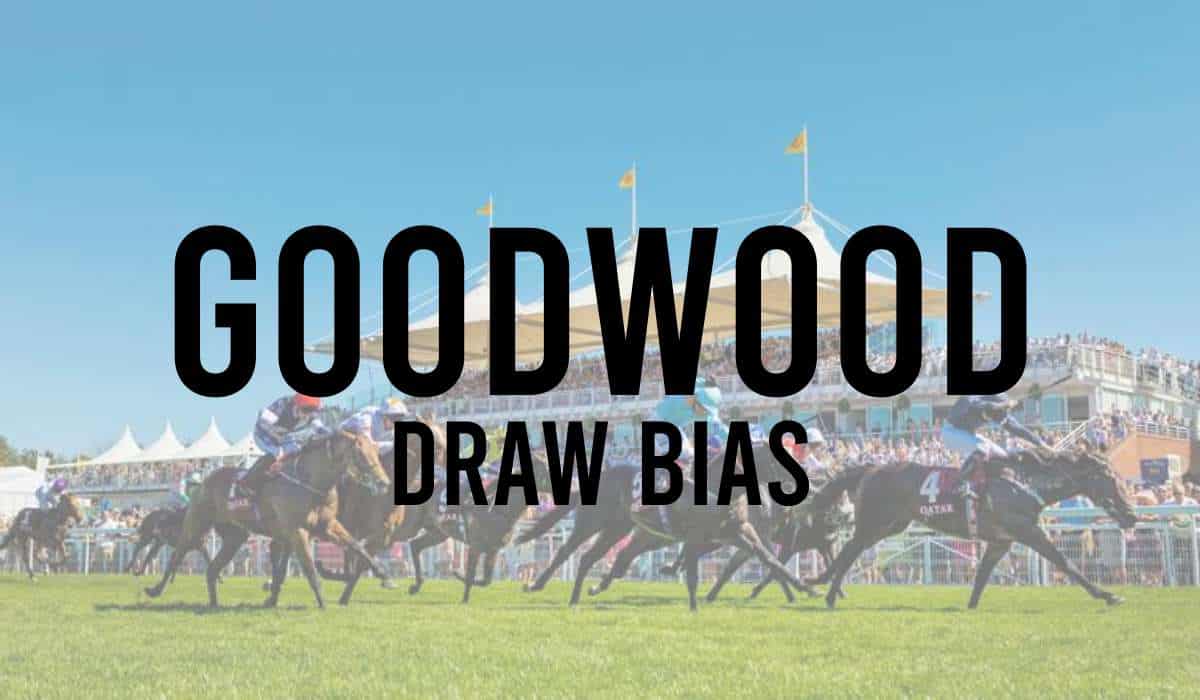
- Hamilton Draw Bias
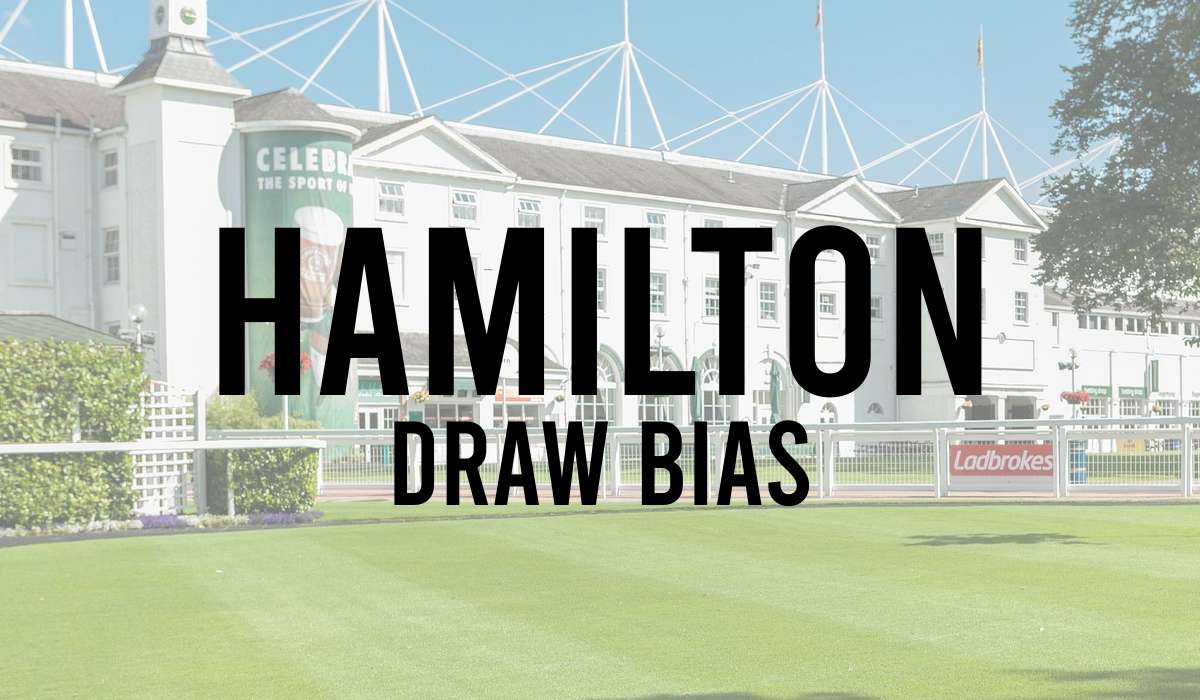
- Haydock Draw Bias
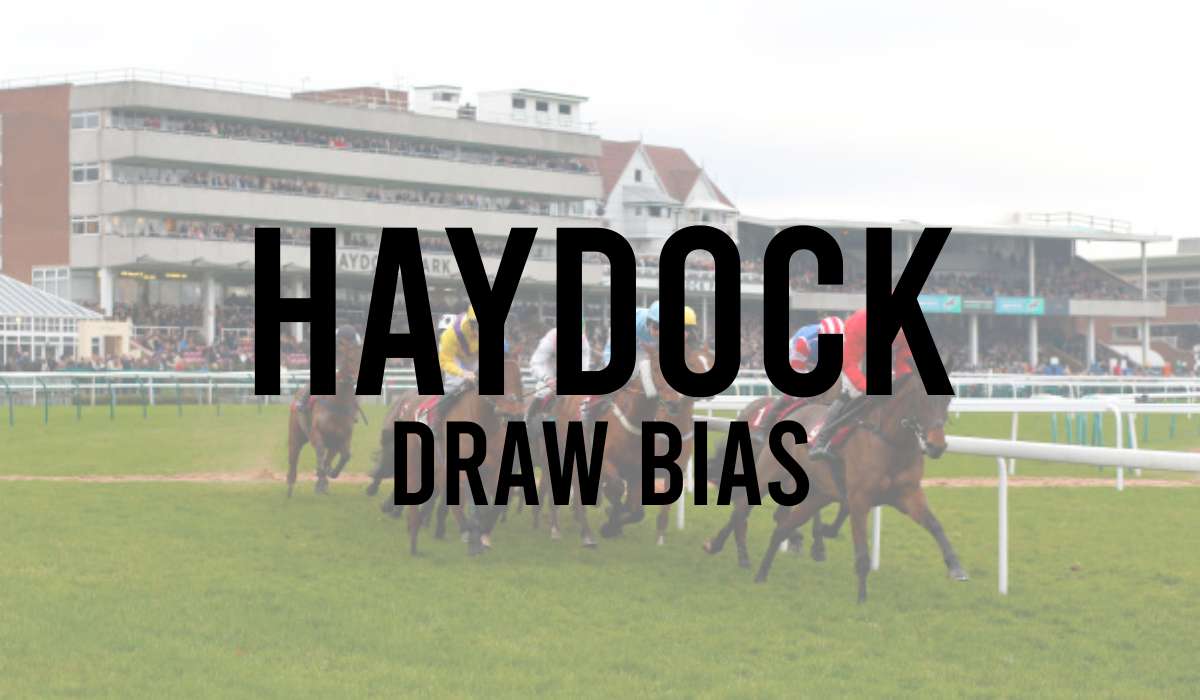
- Horse Racing Draw
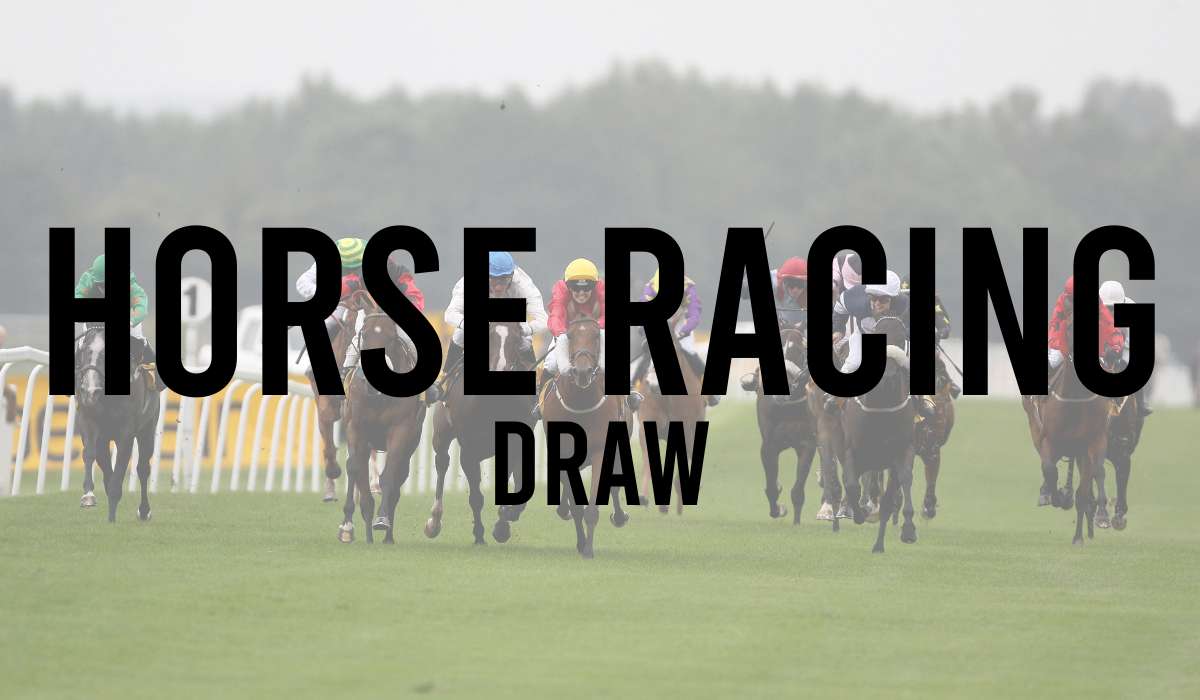
- Kempton Draw Bias
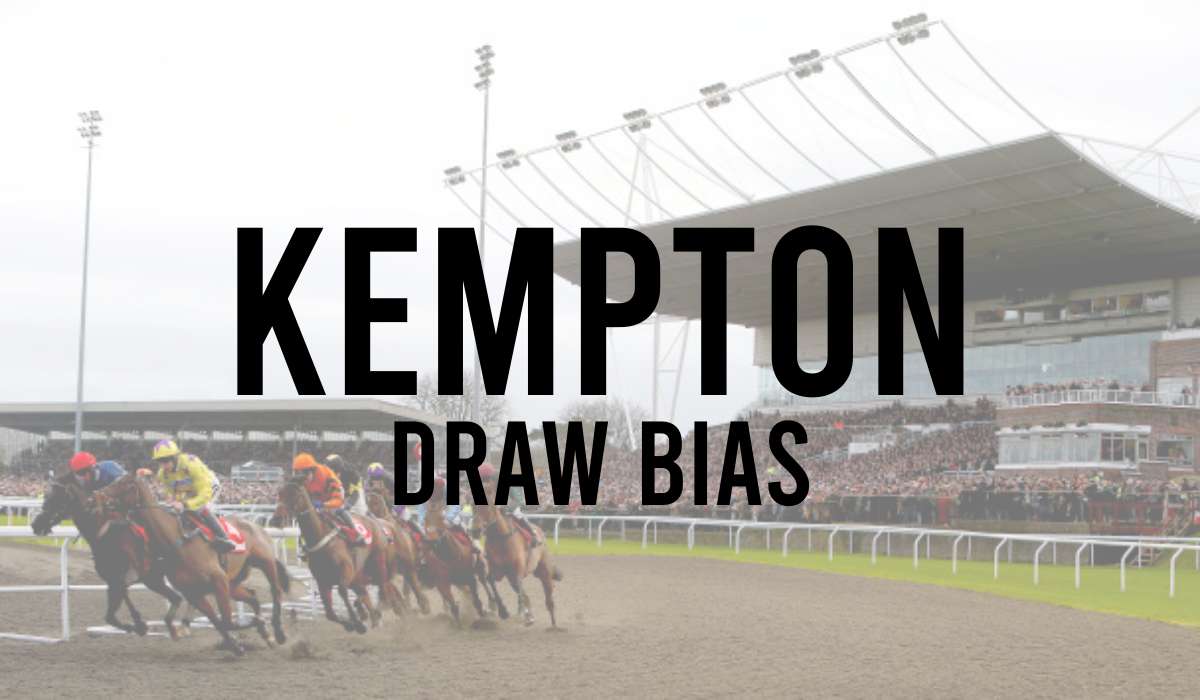
- Lingfield Draw Bias

- Musselburgh Draw Bias
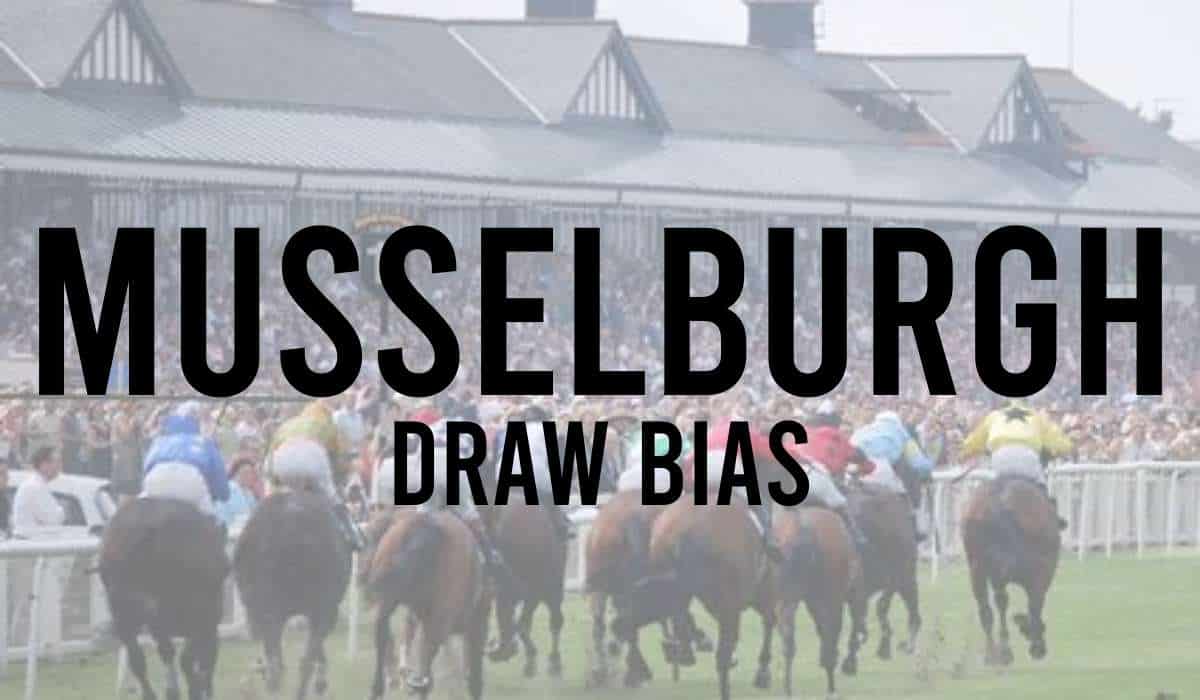
- Newbury Draw Bias
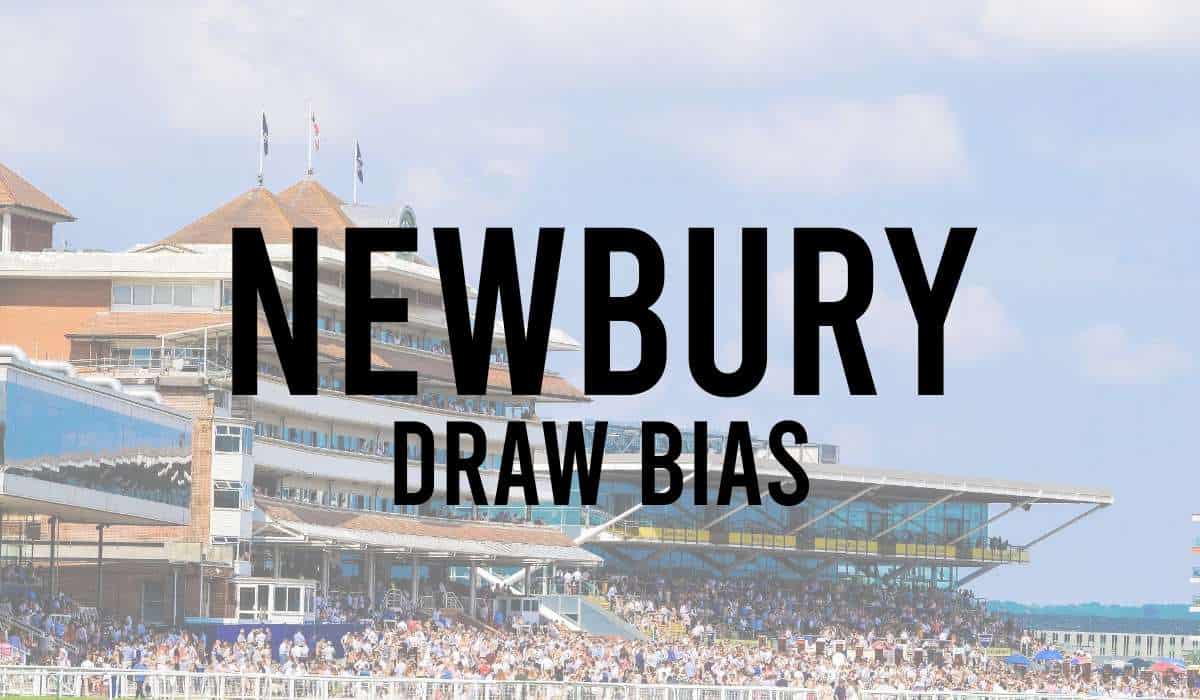
- Newcastle Draw Bias
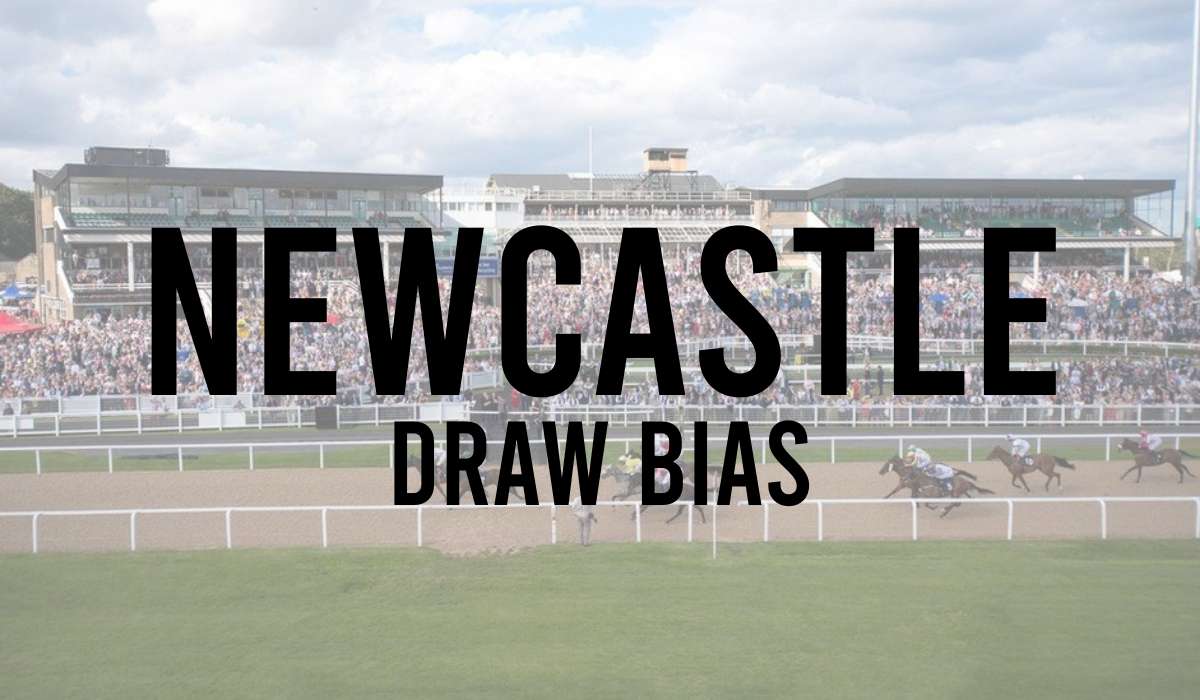
- Newmarket July Course Draw Bias
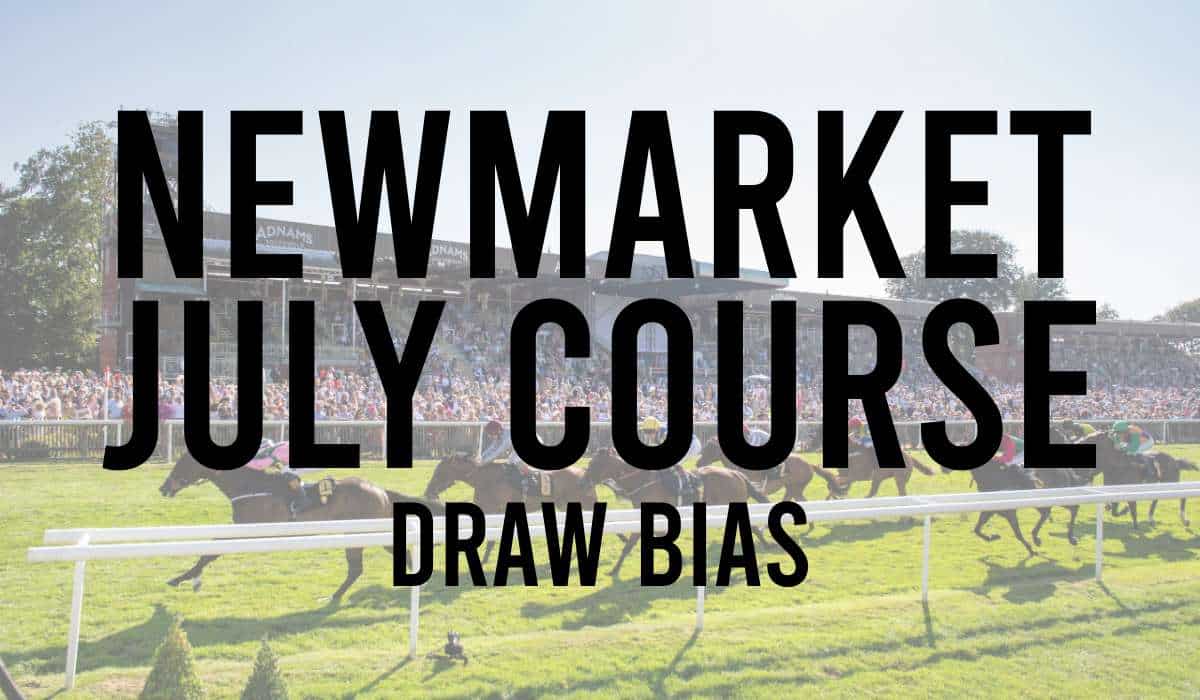
- Newmarket Rowley Mile Draw Bias
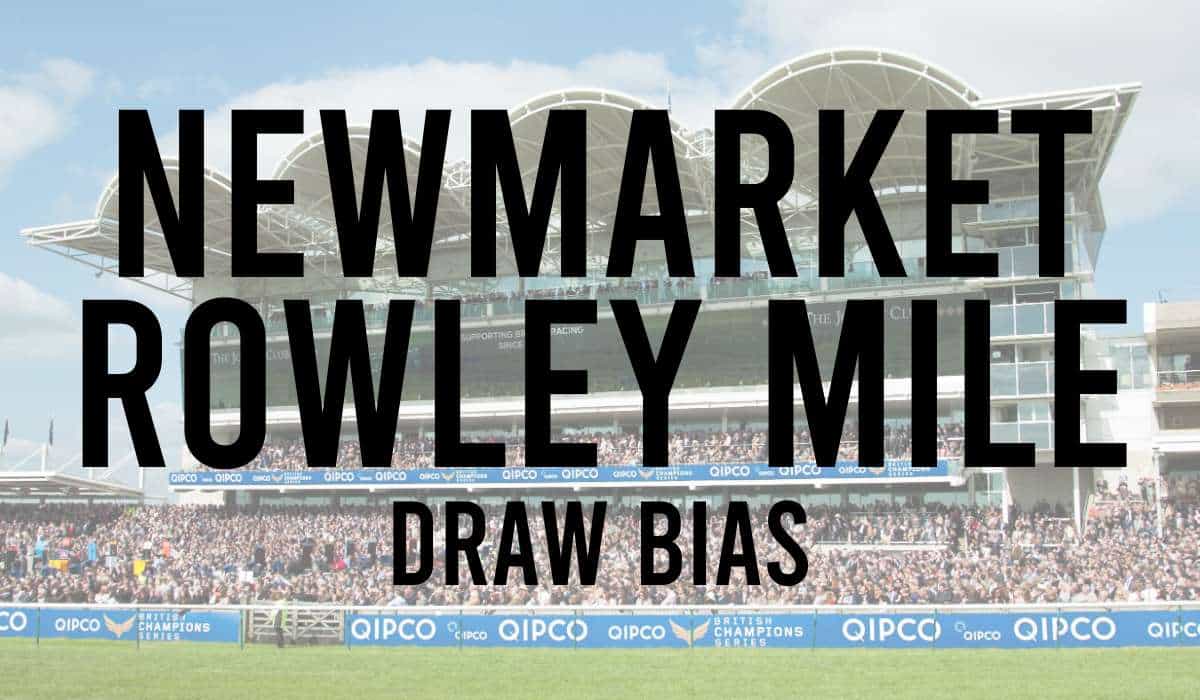
- Nottingham Draw Bias
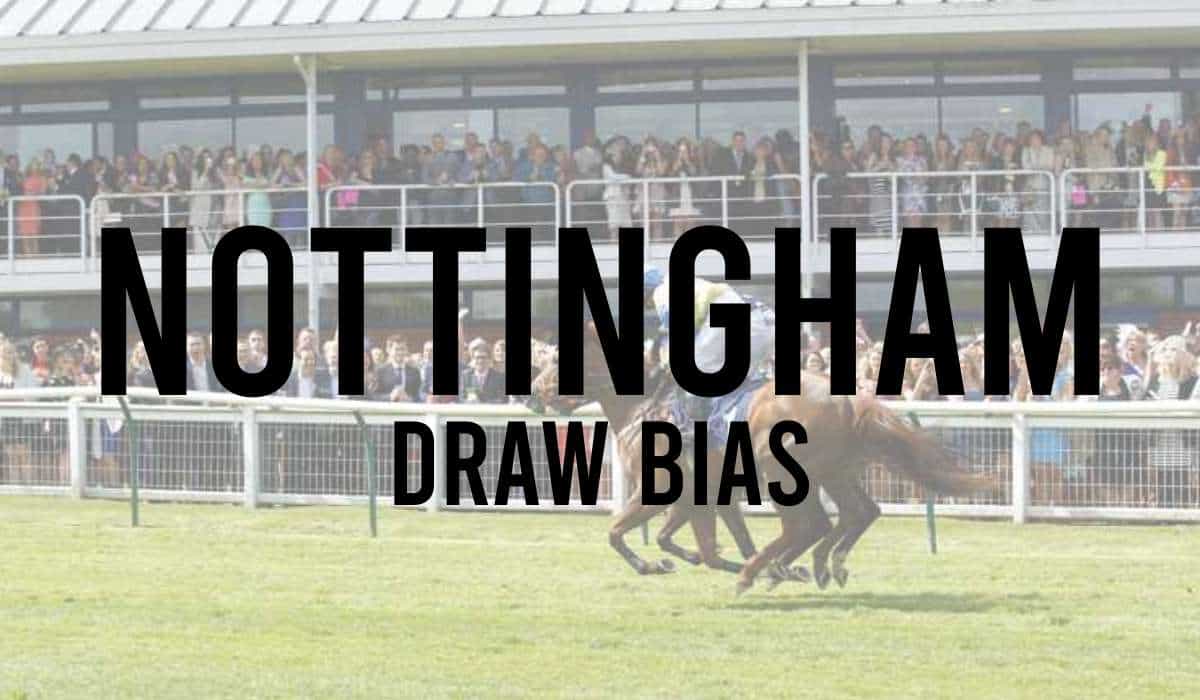
- Pontefract Draw Bias
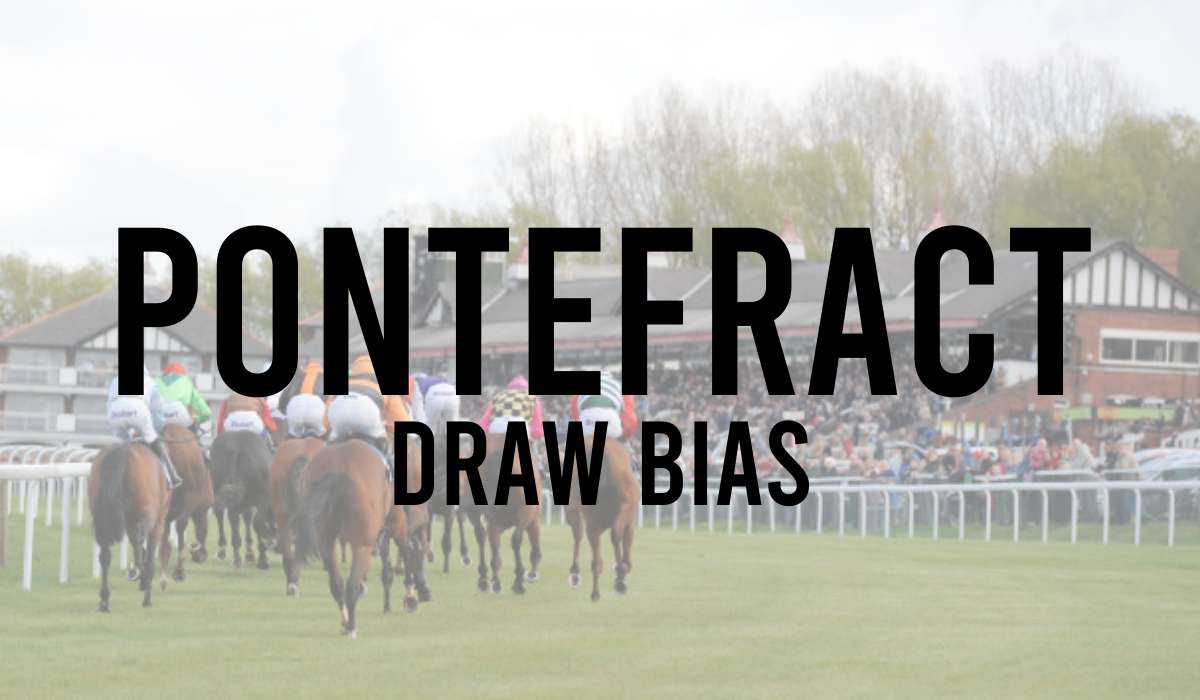
- Redcar Draw Bias
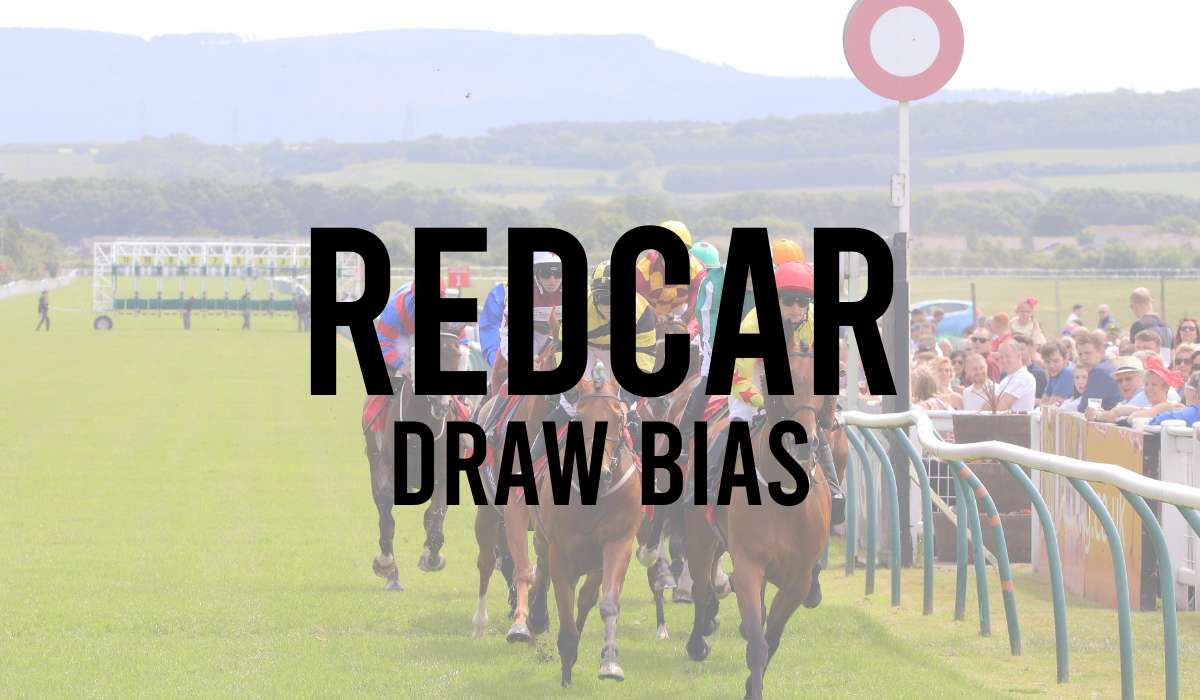
- Ripon Draw Bias

- Salisbury Draw Bias
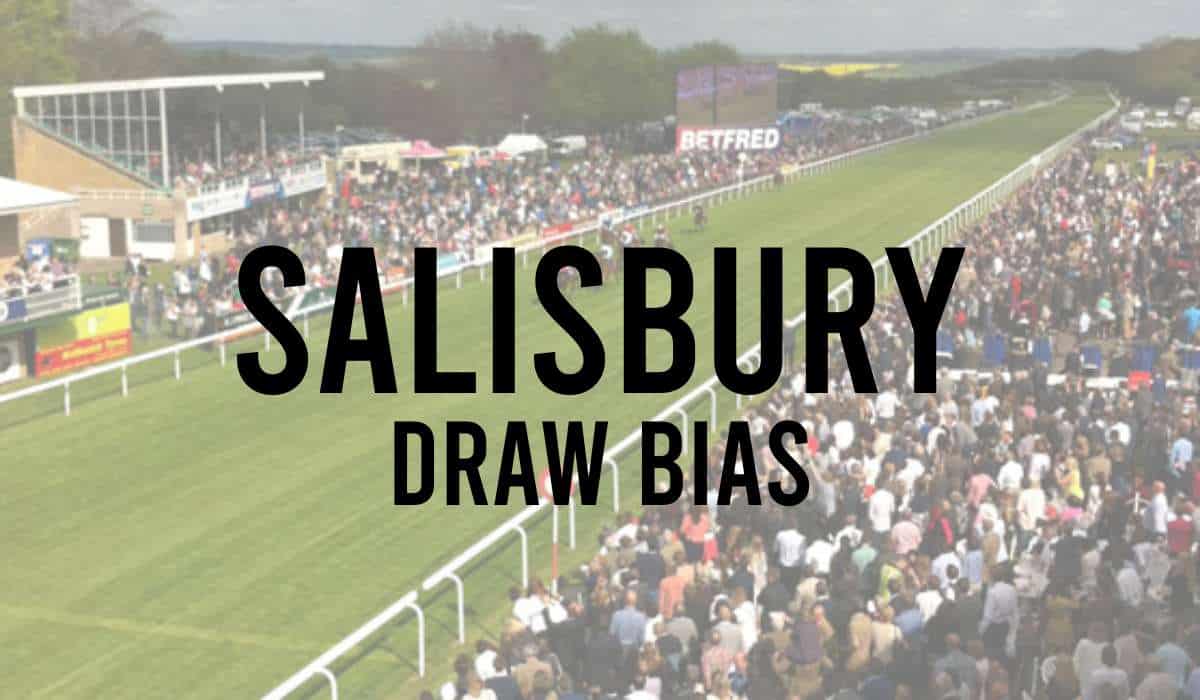
- Sandown Draw Bias
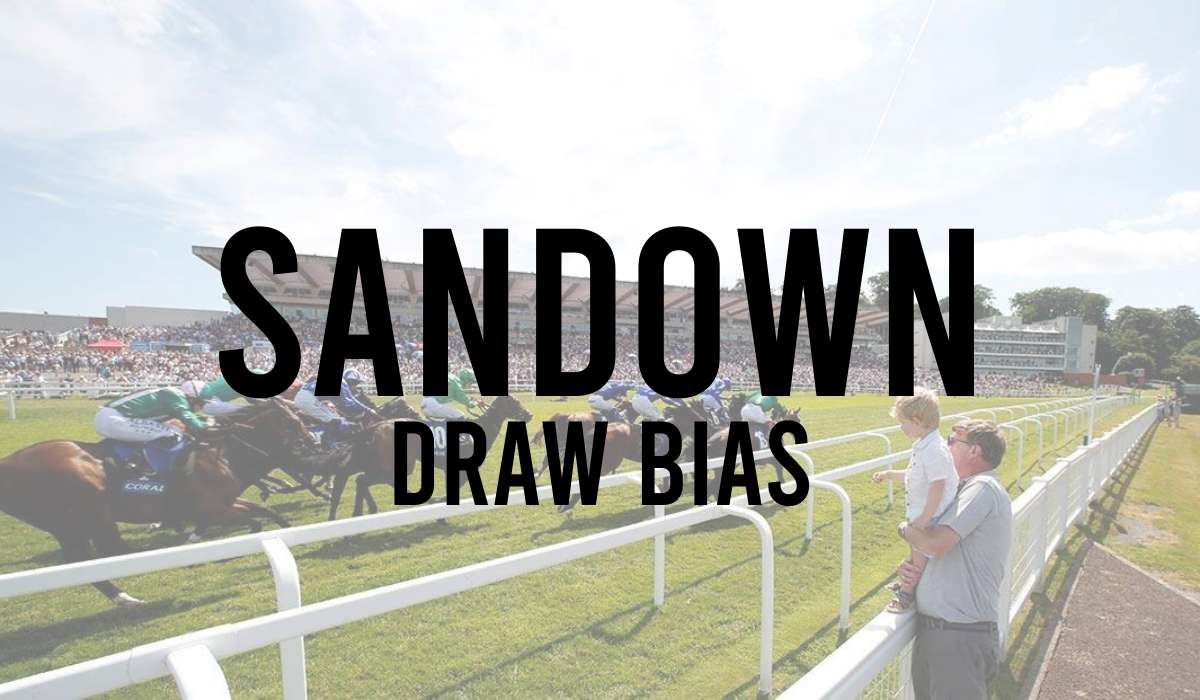
- Sligo Draw Bias
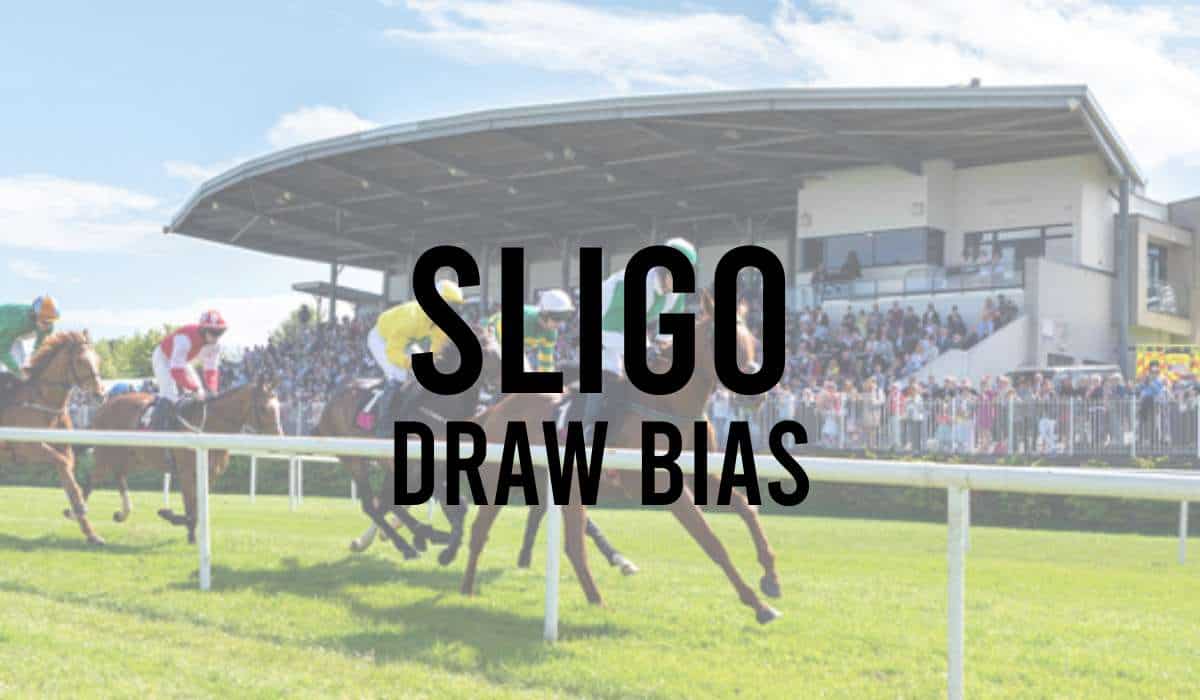
- Thirsk Draw Bias
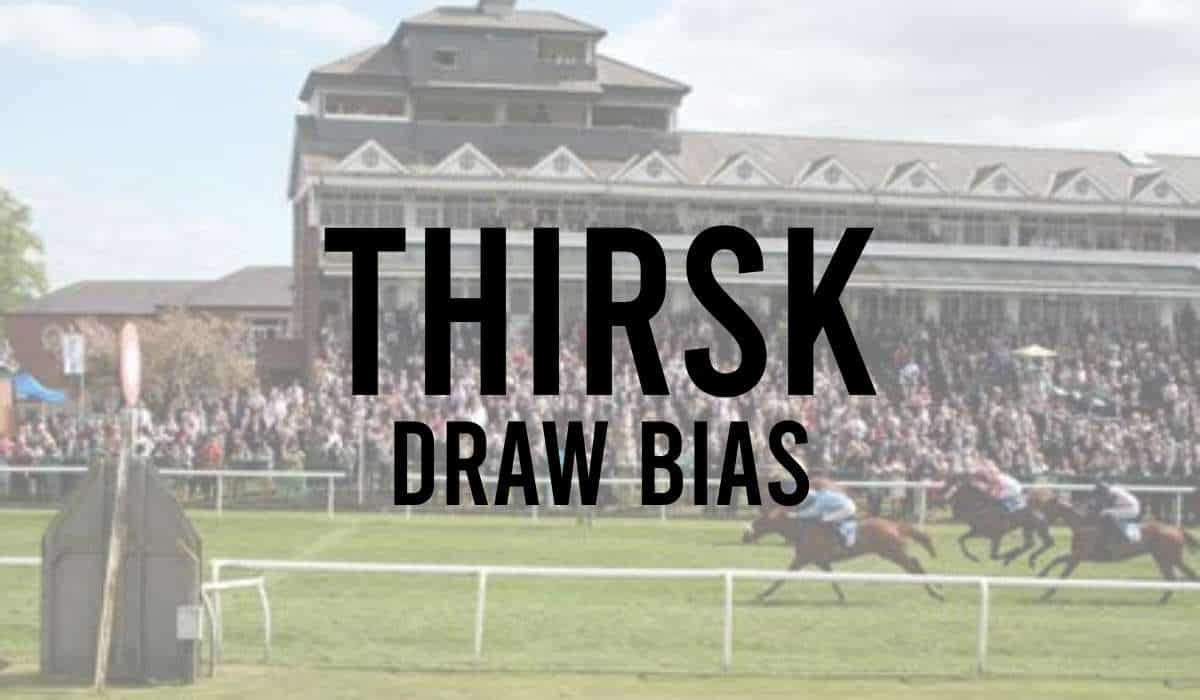
- Windsor Draw Bias
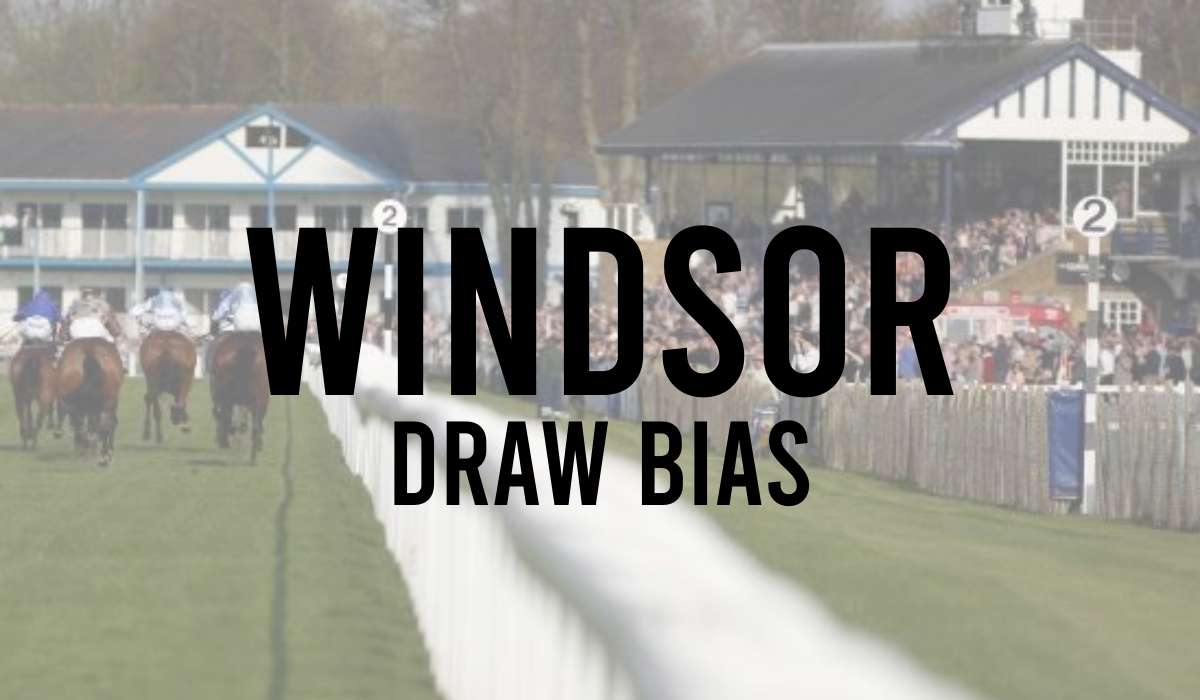
- Wolverhampton Draw Bias
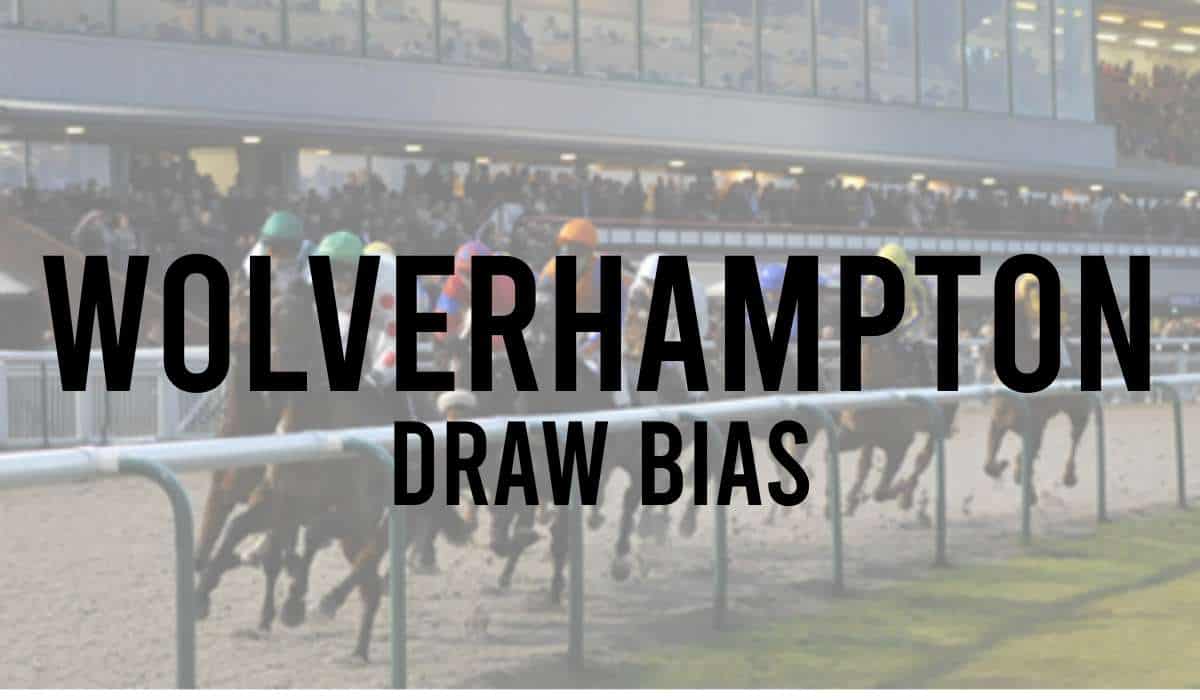
- York Draw Bias
